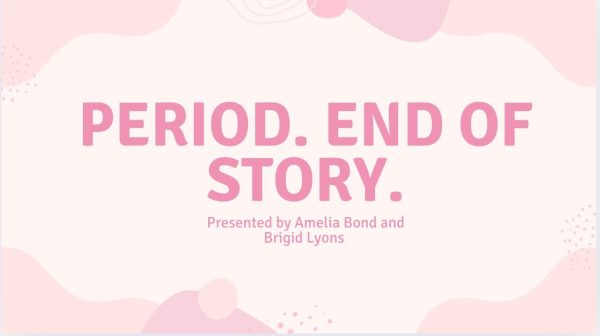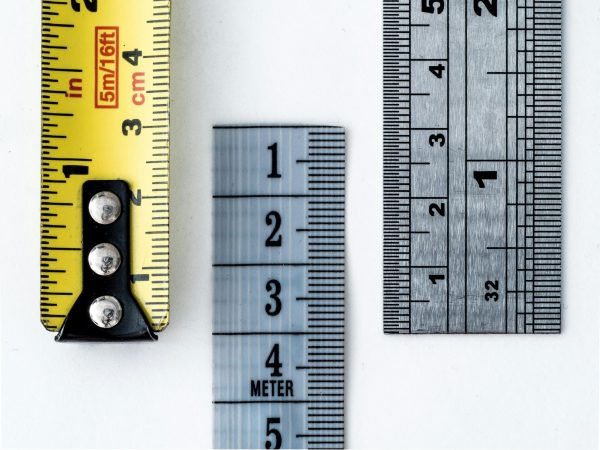Placentophagy: A Story of Depression, Streptococcus, and Lasagna
Pushing something the size of a watermelon through something the size of a bagel hole. That’s childbirth, a messy and overwhelming experience that results in a new life and something often overlooked: the placenta. The placenta is the only disposable organ in the human body, and postpartum women are eating it in an attempt to reap the unsubstantiated benefits. This procedure, called maternal placentophagy, is highly dangerous to both the mother and the child and there is no scientific evidence behind it to say that it benefits anyone involved. So why would women be eating their placentas, if there’s no scientific evidence behind it? Women are practicing placentophagy to treat postpartum depression due to lack of effective treatments provided by the medical community.
Placentas are organs that biological organisms create to allow their offspring to grow while inside them. It is an organ that the woman creates in her uterus while pregnant, which provides the fetus with oxygen and nutrients for growth. It is attached to the wall of the uterus and the umbilical cord as well as having the job of removing waste products from the baby’s blood. Most animals eat their placentas for nutrition, however humans do not biologically need to do this as we already have the nutrition other animals lack. Our livers and kidneys are not built for raw meat like other mammals due to evolution. Not only should raw meat be off of the menu for humans, it also does not need to be as we have access to all of the vitamins and minerals in daily foods that other mammals do not eat.
Maternal placentophagy is a procedure where the postpartum mother consumes her placenta in an attempt to gain certain health benefits. Women consume it as a pill, blend it in a smoothie, or make dishes out of it like a grilled steak or a lasagna. Many women claim it helps with breastmilk production, others claim it helped with their “baby blues”. Those who practice placentophagy have a shockingly positive view of it. The practice itself cannot be related to any ancient culture as maternal placentophagy was started in the 1970’s by white American women in a commune. Although many argue that the practice goes back thousands of years, historians have seen no evidence that that statement is true. Other cultures have rituals and practices that use the placenta (but not eat it). It was found in Europe that placenta extracts were in many cosmetics such as face creams. This was banned by Britain “after it was learned that 360 tons of it were annually being bought and shipped by French pharmaceutical firms. They used it to make a protein, albumin, for burns and to make enzymes to treat rare genetic disorders” (IPEN Placenta Network).
There is no scientific evidence to say that the placenta does anything for mothers other than put them and their babies at risk. The Henry Ford Health System concurs that placentophagy can be damaging to mothers. They answer questions on the practice of consumption with the risks of eating said organ being, “you’ll probably ingest that bacteria, too. In addition, if the placenta contains enough hormones such as estrogen to have a therapeutic effect, it can pose serious risks for the safety of mom and baby. Hormones in the placenta could increase the risk of blood clots following delivery” (Henry Ford Health System).
So if this is why women are putting themselves at risk, what is the problem with postpartum depression? PPD itself is not rare, it is actually quite common with over 3 million cases annually in the United States. It is normal for women to feel depressed a few days after giving birth due to the changing hormone levels but if the feelings persist, it is most likely postpartum depression. Women can develop anxiety disorders from PPD and often feel guilty thoughts about not wanting the child or fear that they will be a bad mother. When a woman is pregnant, the amount of estrogen and progesterone in her body are the highest they’ll ever be and after birth they quickly drop back to normal levels of hormones (Office on Women’s Health). Researchers think that this sudden drop in hormones may lead to depression (Office on Women’s Health).
There is no cure for postpartum depression and there are only a handful of treatments, none of which guarantee success. They offer psychotherapy and antidepressants to postpartum women. Other medications are also offered and so is ECT which is, “a procedure in which small electrical currents are passed through the brain, intentionally triggering a brief seizure” (Mayo Clinic, Postpartum Depression). Psychotherapy is another form of treatment for postpartum depression. It is a long term process, and it can take considerable time to find the right therapist. That is time most mothers don’t have when they first have a baby. These treatments are unrealistic for mothers as a whole. The antidepressants and medications that women are able to take are not realistic as you cannot breastfeed your child on any of these medications. The medications have not been proven to be effective and can often make the condition worse. ECT contains high risks and little rewards.
It is known that women are consuming their placentas to cure one main thing, postpartum depression. Then looking at the treatments of postpartum depression, the practice of eating a placenta is beginning to have some validity to a lot of American women. Women in this country are struggling. The lack of treatments provided to women with postpartum depression seems to be the byproduct of two huge social stigmas, pregnancy and mental health. These thoughts are largely caused by lack of knowledge on the subject. Women are told to go out and have fun but also to stay home and connect with their kid and at the same time get plenty of sleep and keep life relatively the same. Maternal placentophagy is not about the culture you are from, it is dangerous and risky. Women are practicing this for one main reason, postpartum depression. The medical field needs to provide more realistic and rational treatments to postpartum women, so desperation ceases to become a factor in the choice women make to help themselves.










